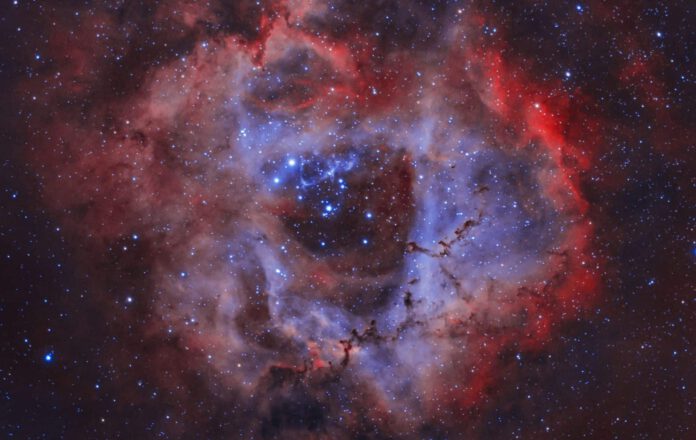
The Mystery of the Hubble Constant
The ongoing enigma of the Hubble constant, the cosmological parameter that determines the absolute scale, size, and age of the universe might finally have a resolution. For a long time now, scientists have known that the universe is expanding, and they have usually estimated this rate of expansion using the Hubble constant. However, various measuring methods have yielded conflicting values of the Hubble constant, making the actual size of it an object of continued debate. Could an alternative gravity theory be the key to reconciling these differing values? A recent study suggests this could be possible.
Galaxies and their Movements
The universe’s expansion leads to galaxies moving away from each other. This movement’s speed is proportional to the distance between the galaxies. For instance, if Galaxy A is twice as far from the earth as Galaxy B, our distance from it would also increase twice as fast. American astronomer Edwin Hubble was one of the pioneers who discovered this relationship.
The Hubble Constant
It’s crucial to know the distance between two galaxies to calculate how quickly they’re moving away from each other. This distance must be multiplied by a constant factor, known as the Hubble constant. This constant’s value is usually determined by observing the farthest reaches of the universe and, based on this, a speed comprising nearly 244,000 kilometers per hour per megaparsec (a unit of astronomical distance equal to just over three million light-years) is calculated.
Supernovas
However, as researcher Pavel Kroupa explains, we can also look at celestial bodies that are much closer to us, such as Type 1a supernovae, a particular type of exploding star. The distance of these supernovae from the earth can be very accurately measured. It’s also known that bright objects change color as they move away from us, the change being more distinct the faster they are moving. This phenomenon is like the sound of an ambulance, whose siren appears to lower in pitch as it moves further away.
The Discrepancy
If we compute the speed of Type 1a supernovae based on their color shift and correlate this with their distance, we obtain a different value for the Hubble constant. This new value is slightly under 264,000 kilometers per hour per megaparsec. “It seems that the universe near us (up to about three billion light-years away) is expanding faster than the universe as a whole,” says Kroupa. “That shouldn’t actually be the case.”
Possible Solution
Astronomers have been puzzling over this discrepancy for years, but Kroupa now believes he can explain the phenomenon. According to a new theory, the earth might be located within a relative void in space, analogous to an air bubble within a cake. This would mean we live in a vast emptiness where there is less matter than in the surrounding higher density areas. According to researcher Indranil Banik, the higher density regions’ gravitational forces pull the galaxies within the void towards their periphery, causing these galaxies to move away from us much faster than expected. This phenomenon could potentially be explained by a local ‘underdensity’.
Underdensity
The researchers firmly believe their recently proposed gravity theory is correct and say a recent study supports their claim. This study measured the average speed of numerous galaxies approximately 600 million light-years away from us. They observed that these galaxies were moving away from us four times faster than a cosmological standard model allows. According to researcher Sergij Mazurenko, the standard model doesn’t consider underdensities or ‘bubbles’; it assumes that matter should be evenly distributed throughout space. But if this assumption is true, it’s hard to explain why these galaxies are moving so rapidly.
Modified Newtonian Dynamics
The researchers argue for a different perspective on the standard model. “The standard model is based on a theory about gravity proposed by Albert Einstein,” explains Kroupa. “But gravitational forces could behave differently than Einstein expected.” The researchers used a modified theory of gravity in their computer model known as ‘Modified Newtonian Dynamics’ (MOND), put forward around four decades ago by Israeli physicist Mordehai Milgrom. Nowadays considered an ‘outsider theory,’ it still manages to predict the existence of ‘bubbles’ in the researchers’ calculations accurately.
If we assume that gravity actually behaves according to Milgrom’s ideas, the mystery of the Hubble constant might finally be resolved once and for all. In that case, there would truly be only one constant describing the universe’s expansion, and the observed deviations would be due to irregularities in the distribution of matter. This theory, therefore, could explain the persistent discrepancy that’s been puzzling researchers for years, answering one of the biggest mysteries in cosmology. It opens up an appealing theory to ponder upon.











